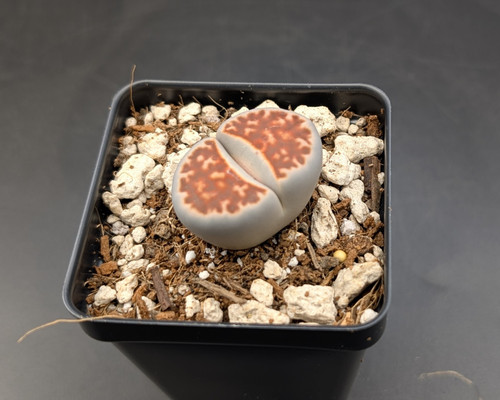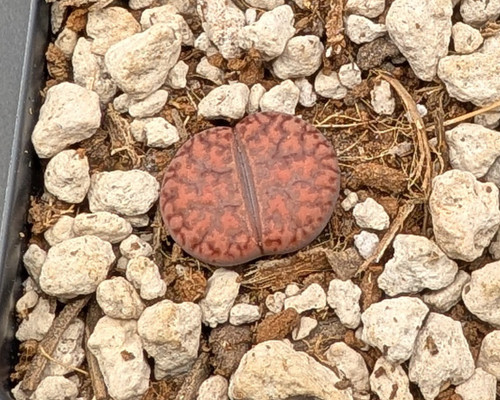Pot Size: 3.5"
Accepted Scientific Name:
Aquilegia flabellata var. pumila
Origin and Habitat
Aquilegia flabellata var. pumila, commonly known as Dwarf Columbine, is native to the mountainous regions of Japan and Korea. It is typically found growing on rocky slopes, alpine meadows, and woodland edges where the soil is well-drained and rich in organic material. These habitats offer cool temperatures, good air circulation, and partial shade, making this species well-suited to rock gardens and shaded borders in temperate climates. Its natural range provides conditions that are moist in spring but drier in summer, ideal for its seasonal growth cycle.
Description
This compact perennial forms neat clumps reaching 6 to 8 inches in height and 10 to 12 inches in spread. The finely divided, fan-shaped foliage is bluish-green and creates a soft, mounded base. Aquilegia flabellata var. pumila produces elegant nodding flowers in late spring, featuring blue-violet outer petals and white inner petals with delicate yellow stamens. Each bloom is about 1 to 2 inches across and is held on short, upright stems above the foliage.
Cultivation
Zone: USDA Zones 4–8
Temperature: -30°C to 24°C
Growth Rate: Moderate
Soil: Prefers well-draining, humus-rich soil with added pumice for aeration
Watering: Keep moderately moist during active growth; reduce watering after flowering
Fertilizing: Apply a balanced liquid fertilizer every 2–3 weeks during spring and early summer
Light: Best grown in partial shade; tolerates full sun in cooler climates
Pests and Diseases: Generally pest-resistant; may be susceptible to aphids, leaf miners, or fungal leaf spots if overly moist
Propagation
Easily propagated by seed or division. Sow seeds in fall or early spring. Divide mature clumps after flowering.







